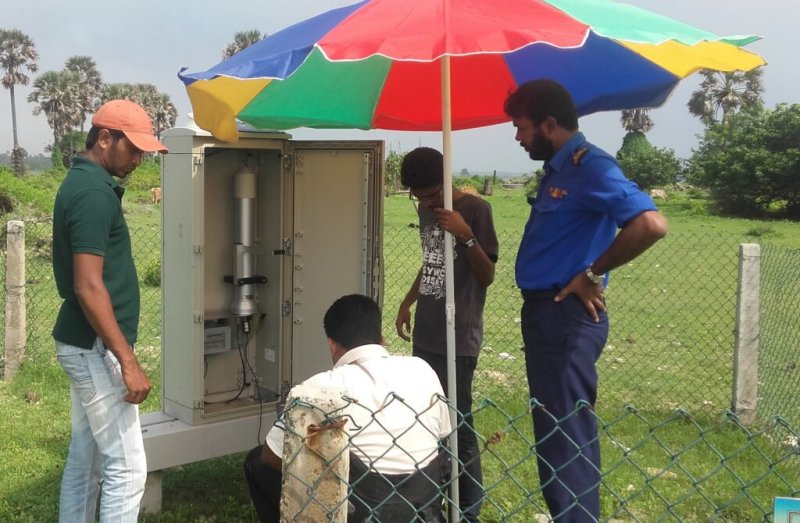
Sri Lanka installs early warning systems to detect radiation exposure

The radiation monitoring systems have been strategically installed in Kalpitiya, Mannar, Delft, Batticaloa, and Trincomalee all situated near key naval bases. This initiative was carried out under the guidance of the Sri Lanka Atomic Energy Regulatory Council (SLAERC).
According to the Director of the Inspections and Enforcement Division of the SLAERC, the primary focus of these installations is to ensure the safety of naval personnel and coastal communities. The selection of these locations reflects both their strategic importance and vulnerability due to their proximity to the Indian Ocean and neighboring countries with operational nuclear power plants.
“These systems will serve as critical tools to detect and monitor any increase in radiation levels that may result from nuclear accidents occurring outside Sri Lanka,” the Director stated. “Early detection is vital for timely response and to mitigate potential harm to both military and civilian populations.”
With global concerns over nuclear safety on the rise, particularly in densely populated South Asia, the establishment of this early warning network marks a significant step in Sri Lanka’s preparedness and resilience efforts. The SLAERC noted that the system is equipped to provide real-time data, which will be used to inform emergency protocols and public communication strategies, should any threat arise.
Officials confirmed that the monitoring network is part of a broader national strategy to align with international safety standards and enhance the country's disaster preparedness infrastructure.


